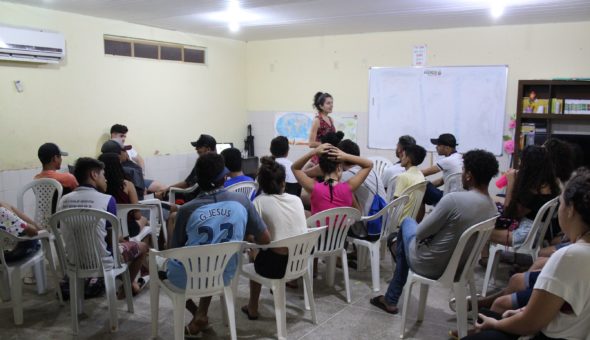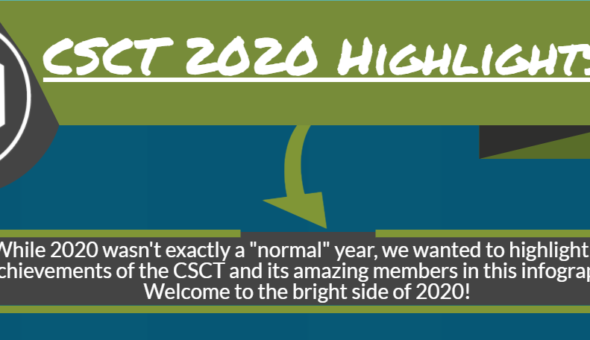Second year CSCT student, Andrew Hall is currently working towards his PhD looking at “Biogenic Alcohols and Sugars as Sustainable Reductants: A Combined Spectroscopic and Theoretical Approach to the Development of New Homogeneous Catalysts for Dehydrogenation, Hydrogen Transfer and Reverse Water-Gas-Shift Chemistry”. As part of his PhD he uses Nuclear Magnetic Resonance Spectroscopy (aka. Hidden Force Looking Machines) to monitor how chemical reactions occur and get an understanding of the reaction mechanism and kinetics involved.
As a Public Engagement activity, Andrew has produced the following poster (and accompanying introduction) using only the 1000 most commonly used words, using his own research as his inspiration.
Explaining ideas to other people can be very hard, but it is often important to tell them what we are doing. I often have to try and explain what I do when visiting schools and talking to other people, and I find it is important not to use too many big words which are hard to understand.
I came across this book which uses pictures and the ten-hundred most often used words to explain how things work, and it made me think about whether I could use this idea as a new way to explain what I do, so I thought I would have a go:




One of the most dreaded questions for an NMR spectroscopist at a party of non-scientists is, "Exactly what is it that you do?". This is such a great answer. Will it fit on a business card?
Thanks!
In answer to your question, I guess it depends on the size of the business card!
Loved it! And liked the inclusion of the flow system (Moving Things) given that's a large part of what I'm doing right now.
All the best for your PhD!
Great stuff, I love it! I am familiar with the book (though I've only read the Up Goer Five panel that was its inspiration) and have though of trying to do this, but I don't think I'd have come up with something this elegant. One build I'd make is to mention that after you've stopped shouting at them, they turn back again and whisper...
Thanks!
I like the point about the whispering - I'll bear it in mind for v.2!
Awesome graphic Andrew, keep up the good work,
Dave, Forensic Scientist (pronounced 4 en zik sci en tist), bahaha
I want to print it out, put it on a poster and hang it in my lab for the non-scientists who come through all the time for tours to see the "Hidden Force Looking Machine"!
My dad works with one of these in his lab, and I've never quite understood what he does. I've had an even worse time explaining it to other people. Glad this exists.
This is absolutely fantastic! As an NMR user in Edinburgh, I am so going to spread this around haha.
"I find it is important not to use too many big words which are hard to understand"
Mr. Hall do really good job. he tell science good...real good. pleeze say to him I happy to write him real good leter of recommendashun when he finish skool.
Very cool. How soon till you put this on a t shirt?
While I've always said we need to simplify, this goes to far. It's easy to explain NMR without limiting to 2 (or less) syllables. While one doesn't need to try to explain the difference between inductive signals and radio waves, using "thing" is getting awful close to just plain insulting to the audience. I don't even talk that way to Grade 1 classes visiting our facility.
I'd humbly suggest something like this: One of my best undergrad instructors said "NMR is like being able to tell the shape of a bell by the sound it makes, in this case the bell is a molecule and the hammer is a radio wave. We then listen to the atoms sing back to us".
Sorry, but I think we can do even better on the poster.
Thanks for your feedback Ryan.
I agree that this is not the best way of trying to teach NMR, and I would never try to actually explain it to someone like this, however that was not the aim of this poster. Instead this was a challenge that I set myself to see if I could explain what I do using only the 1000 most common words in the English language.
This means that words that would be considered commonplace in a chemistry lab such as magnet, molecule, nuclei or even atom are essentially forbidden (even though the majority of people would know what these are, they are not words commonly used on a day-to-day basis), which is the challenge of trying to write in this way!
P.S. I like the explanation using bells and hammers. Unfortunately it uses some words not on the list of 1000 most common words, so wouldn't work in this case, but I will be using it in future when explaining NMR!
Please tell me you showed this at the ENC this week. If not, I hope it still made the rounds.
Would you mind if other people steal this? If not, it's definitely getting tacked onto my magnet.
I thoroughly enjoyed this, and friends at the local HFLM lab did too.
Thank you!
Where can I buy one?!?!?!?!
Andrew, what a marvellous 'thing'! I know I'm a bit late... it's just that I received another one of your masterpieces in the form of Christmas greetings and from that to one to this one... Merry Christmas genius
This is cool, but the spins don't "ALL line up and start pointing the same way." Slightly more than half of them point one way, and slightly less than half of them point the opposite way (assuming a two-state system). After you shout at them, the numbers pointing each way get a little closer to half.
It's impossible to show realistic thermal populations with a cartoon, but I would not have used the word "all."
Why do I care? This is a major reason for the low sensitivity of NMR, one that does not appear to be fully appreciated by most routine NMR users.
Hi Andy, I would love to get this printed out for a friend of mine as a gift. Am I able to purchase a high res version of thiss off you?
Hi Lisa, I have sent you an email.